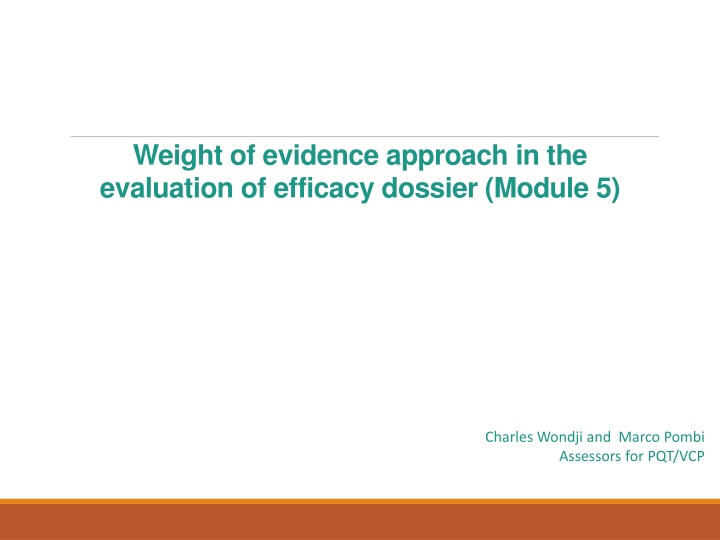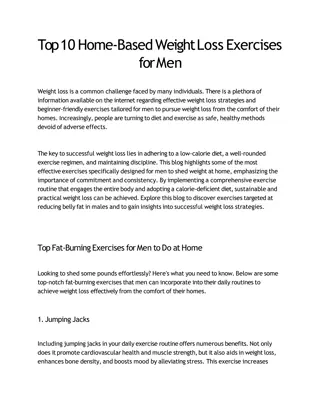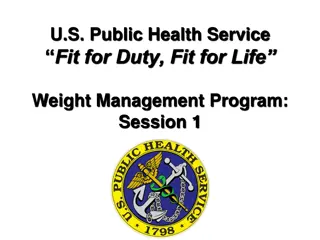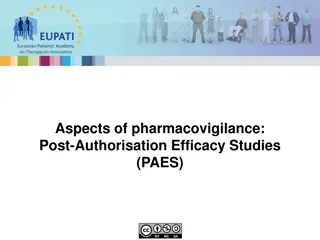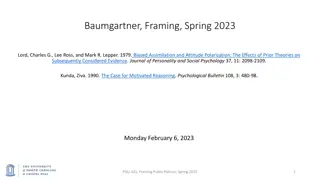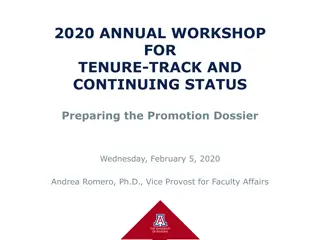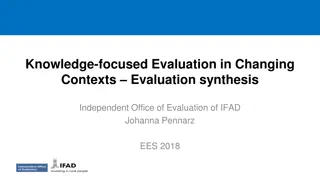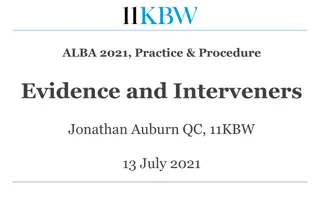Weight of Evidence in Efficacy Dossier Evaluation
The weight of evidence approach in the evaluation of efficacy dossiers for prequalification involves assessing multiple lines of evidence to support conclusions on product efficacy. Key considerations include the selection of appropriate bioassays/trials, study robustness, and minimizing interpretation of data. Uncertainty and variability in decision-making, as well as the importance of species/strain selection and characterization, are also crucial aspects in this process.
Download Presentation

Please find below an Image/Link to download the presentation.
The content on the website is provided AS IS for your information and personal use only. It may not be sold, licensed, or shared on other websites without obtaining consent from the author.If you encounter any issues during the download, it is possible that the publisher has removed the file from their server.
You are allowed to download the files provided on this website for personal or commercial use, subject to the condition that they are used lawfully. All files are the property of their respective owners.
The content on the website is provided AS IS for your information and personal use only. It may not be sold, licensed, or shared on other websites without obtaining consent from the author.
E N D
Presentation Transcript
Weight of evidence approach in the evaluation of efficacy dossier (Module 5) Charles Wondji and Marco Pombi Assessors for PQT/VCP
Decision to prequalify a VCP is based on The substantiation of its performance through dossier evaluation 2
Evidence to support a reasonable expectation of product efficacy The bioassays / trials chosen should be appropriate (sufficiently informative) to describe the product effect (e.g. killing, knock- down, repellency) on target species Positive/negative controls Study robustness Consistency of rearing methods / trial setups Potential entomological impact of the product in conditions / settings applicable to its intended use (outcome measures) 3
Evidence-based evaluation of product efficacy Weight of evidence Multiple lines of evidence are taken into account to support the conclusion about product efficacy Stonger and more relevant evidences have greater wait in evaluating the overall dossier (but all available data are taken into account as well) 4
Minimize the need for interpretation of information Consistent approaches and criteria to data requirements, data generation, methodologies Appropriate statistical analyses (according to bioassay-trial) Variability in results should be properly discussed Give access to raw data 5
Uncertainty and variability in decision-making process Uncertainty: Some studies may present incomplete data (e.g. lacking some points/replicates), thus affecting the interpretation of the overall study Variability: different results may be obtained among replicates or studies 20 washes 15 washes 10 washes 5 washes Repl.1 Repl.2 Repl.3 6
Importance of species/strain selection and characterization What work for mosquitoes does not necessarily for sand flies Action of a product on Malaria vectors does not automatically imply action on arbovirus vectors (e.g. Culex, Aedes) Geographic variability in species/population resistance (physiological, behavioural) should taken into account Need to characterise the various species/strains before claiming efficacy 7
